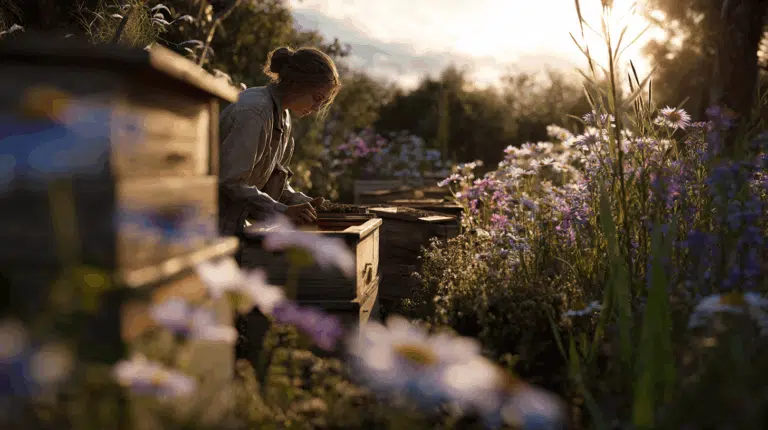Flower bulbs bring beautiful colors to your garden every spring, are easy to plant, and provide years of enjoyment. Discover our wide range of flower bulbs suitable for cutting.
Flower bulbs are one of the most versatile and attractive ways to bring any garden, balcony, or cut flower project to vibrant blooms.
With their underground storage organs—think true bulbs, corms, and rhizomes—they capture nutrients during their dormant period, which, once the season begins, ensures a spectacular and powerful burst of flowers.
Within the flower bulb category, we broadly distinguish two main groups:
– Spring-flowering bulbs: these are planted in the fall (usually between September and December) and bloom in the spring. Examples include tulips, daffodils, hyacinths, crocuses, and ornamental onions.
– Summer or autumn-flowering bulbs: these are planted in the spring and display their splendor during the warmer months. Think of dahlias, gladioli, calla lilies, and other tuberous plants.
In addition, there are varieties that, with a little extra care, can bloom or naturalize at other times of the year, providing additional flexibility for the gardener.
Planting tips:
– Choose a well-drained spot, preferably in sun or partial shade. Ensure the soil is loose and airy.
– As a rule of thumb, plant the bulb approximately twice its height deep. The distance between bulbs depends on the variety—small bulbs close together, larger ones a bit more spaced out.
– Plant spring bulbs in autumn and summer bulbs in spring, as soon as the danger of night frost has passed.
– Remove spent flowers (but leave the foliage on until it dies back naturally), provide organic fertilizer as needed, and protect sensitive tubers during harsh winters.

The ideal planting time depends on the type of bulb. Spring-flowering bulbs (such as tulips, daffodils, and crocuses) should be planted in the fall—from September to December, before the first frost. Summer-flowering bulbs (such as dahlias, gladioli, and lilies) should be planted in the spring, as soon as the risk of night frost has passed.
A good rule of thumb is to plant the flower bulb two to three times as deep as its height.
For example, a 5 cm tall bulb should be planted 10–15 cm deep. Make sure the point is facing upward and leave some space between the bulbs so they have room to grow.
Absolutely! Many flower bulbs thrive in pots or containers. Use well-draining potting soil and ensure there's a drainage hole in the bottom of the pot so excess water can drain away. In winter, it's best to place pots of spring bulbs in a sheltered spot or cover them to protect them from severe frost.
Allow the foliage to die back naturally – the leaves will nourish the bulb for the next season. Only cut back when the foliage is completely yellow. You can leave the bulbs in the ground or dig them up, dry them, and store them in a cool place until the next planting season.
Some flower bulbs, such as daffodils and alliums, return year after year and even multiply. Tulips, on the other hand, often bloom best in their first year. If you want to reuse them, dig them up after flowering, let them dry, and store them in a cool, dark place until the following autumn.